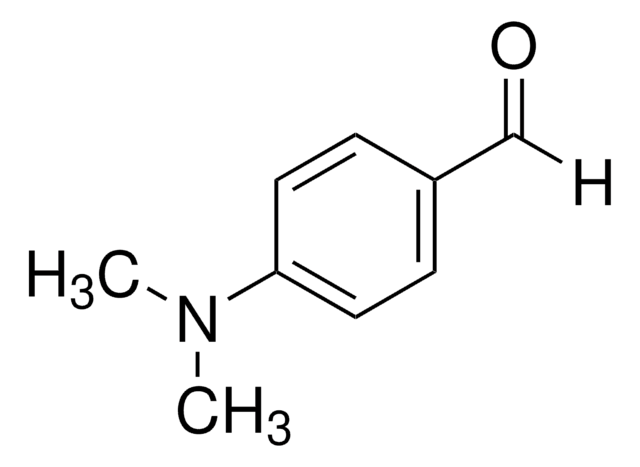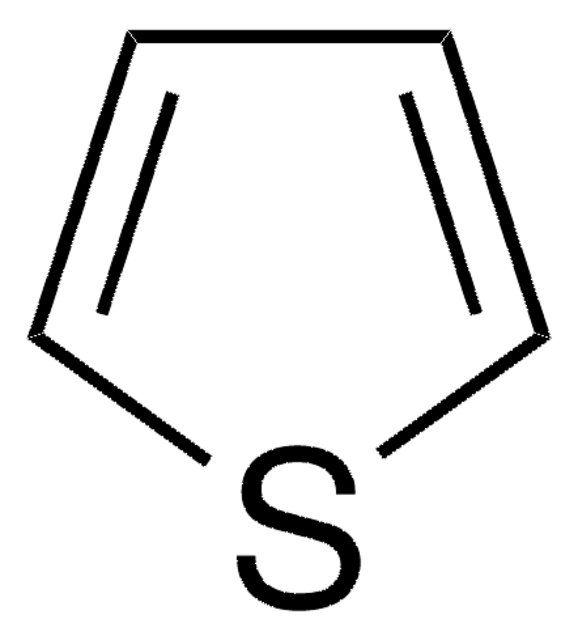07689
O′Meara′s Reagent
suitable for microbiology
Sinonimo/i:
Voges-Proskauer test with O’Meara Reagent
About This Item
Prodotti consigliati
Nome Commerciale
BioChemika
Livello qualitativo
Durata
limited shelf life, expiry date on the label
Composizione
creatine, 0.3 g
dist. water, 100 mL
potassium hydroxide, 40 g
Confezionamento
pkg of 100 mL
Condizioni di stoccaggio
(Tightly closed. Dry.)
tecniche
microbe id | metabolite detection: suitable
applicazioni
environmental
food and beverages
microbiology
Compatibilità
Enterobacter spp.
Klebsiella spp.
Neisseria spp.
Pseudomonas spp.
Descrizione generale
Applicazioni
Risultati analitici
Avvertenze
Danger
Indicazioni di pericolo
Consigli di prudenza
Classi di pericolo
Acute Tox. 4 Oral - Eye Dam. 1 - Met. Corr. 1 - Skin Corr. 1A
Codice della classe di stoccaggio
8B - Non-combustible corrosive hazardous materials
Classe di pericolosità dell'acqua (WGK)
WGK 2
Punto d’infiammabilità (°F)
Not applicable
Punto d’infiammabilità (°C)
Not applicable
Dispositivi di protezione individuale
Faceshields, Gloves, Goggles, type ABEK (EN14387) respirator filter
Scegli una delle versioni più recenti:
Possiedi già questo prodotto?
I documenti relativi ai prodotti acquistati recentemente sono disponibili nell’Archivio dei documenti.
Articoli
For microbiologists the most fundamental stain was developed in 1884 by the Danish bacteriologist Hans Christian Gram.
Sigma-Aldrich.com presents an article concerning Differentiation of Escherichia coli from coliforms.
Il team dei nostri ricercatori vanta grande esperienza in tutte le aree della ricerca quali Life Science, scienza dei materiali, sintesi chimica, cromatografia, discipline analitiche, ecc..
Contatta l'Assistenza Tecnica.







